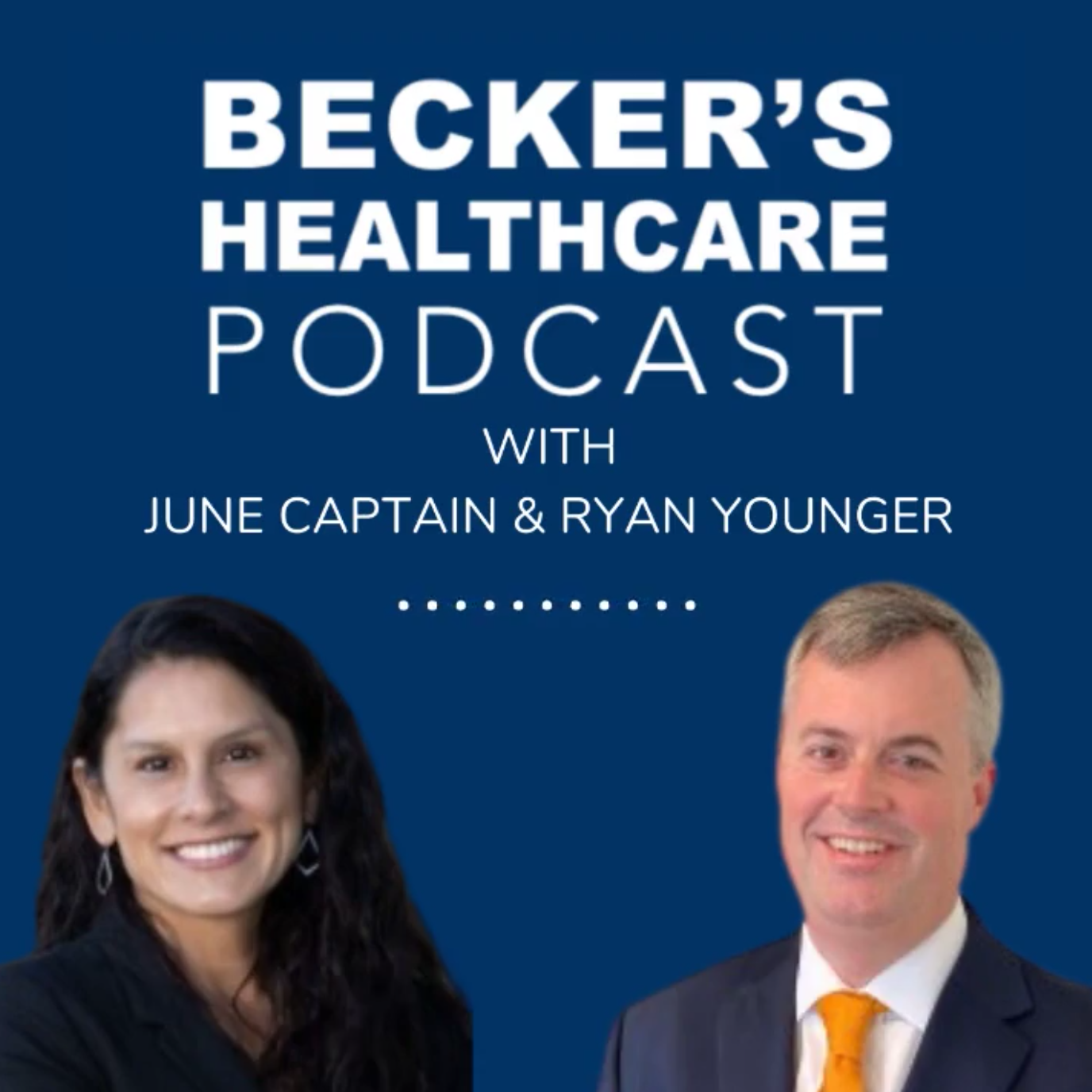How an influx of patients helped pediatric care teams discover new tools to humanize care
Last fall and winter, Children’s Hospital Colorado, like many pediatric hospitals across the country, experienced record volumes of patients with respiratory illness in emergency departments, inpatient units, and intensive care units operating well above maximum capacity for several months.
And while there is a seasonal pattern to increased volumes each winter, this cycle came much earlier than usual and was more intense regarding the number of patients needing care. Shelby Chapman, Director of Patient and Family Experience at Children’s Hospital Colorado, said that some days saw an average of 30% more patients seeking care than the busiest days in a typical respiratory season.
The journal The Lancet Child & Adolescent Health reported that children’s hospitals in California, Colorado, Georgia, Pennsylvania, and Maryland set up overflow tents to handle the surge. State officials in New Mexico—where hospitals were over capacity with children infected with RSV, flu, and COVID-19—started monitoring shortages of clinicians, respiratory therapists, medical oxygen, pediatric oxygen-delivery equipment, and endotracheal tubes.
The illness uptick originally started in August 2022, and picked up speed with early, intense RSV and enterovirus cases as children returned to school, and significantly increased with the numbers of children infected with RSV and influenza. Chapman says that even now as winter wraps up, while there’s been some leveling off from the record high patient volumes, Children’s Hospital Colorado continues to be very busy.
“I’m proud of how our organization responded to this surge,” Chapman says. “While our number-one priority was providing safe and effective care for our patients and meeting the needs of children who needed our care, there was also a focused attention by our leadership on supporting our team members.”
Six Ways to Respond Swiftly to Increased Cases
Here are six ways Chapman said Children’s Hospital Colorado helped handle the onslaught with Human Understanding:
1. Set Intentions. “We put a lot of intention toward supporting patients and families,” Chapman says. “We were busier than usual in those ED and urgent-care waiting-room spaces, and we recognize that situation is really hard for families. It’s hard to wait when you have a sick child.”
2. Offer a Comfort Rounding Program. “We wanted to expand our capacity and get those children seen as quickly as possible, but also support families in that space,” Chapman says. “So we asked our non-clinical team members to sign up for shifts to support this rounding effort in our waiting spaces. We had an overwhelming response from our team members who picked up those shifts.”
“We provided some training, supplies, and resources. We were able to cycle through the waiting room and check in on families, let them know that we could see them, that we knew it was a difficult situation, and offered a lot of empathy to families. Our team members answered non-clinical questions about the process and offered comfort items like kid-friendly snacks and bottles of water. We had fleece blankets that patients got to keep and take home with them, and we offered coloring books, stuffed animals, fidget toys, and things like that to help the time go by.”
3. Listen Intently. “We listened a lot to those comfort rounders and what they were hearing from families about what would be helpful,” Chapman recalls. “We added things like charging cords, because while families are waiting, they might not have thought to bring a cell-phone charging cord. It’s important to stay in touch with family or have an iPad for distraction for your kiddos, so we offered those items in our waiting spaces to support families. We got a lot of positive feedback, not just from our families but from our clinical team members about those efforts.”
“We thought about our nurses and registration staff in those busy waiting rooms—this allowed them to focus on what they needed to focus on, which was the clinical care and getting kids registered so that we could see them.”
4. Build Resiliency. “Our team members handling comfort rounding shared how much it supported their resiliency,” Chapman says. “They knew that the hospital was facing a large number of families who needed care, and especially for our remote team members who may not come into the care setting as often, this was a way that they could help and connect back to our mission. It was a powerful experience for them, as we heard how our families and patients were positively receiving it.”
5. Maximize Teamwork. “I think the success of this program was the interdisciplinary collaboration,” reflects Chapman. “We partnered with our Volunteer Services department, Child Life department, Creative Arts Therapy department, and Patient Family Experience, who all came together to support our team members and our patients and families.”
6. Honor Holiday Traditions. “There are many things that make Children’s Colorado special, like how we celebrate special holiday events,” Chapman notes. “We did Santa visits and had community-supported parades, and we were able to continue doing things that make it different to work at Children’s Hospital Colorado and receive care as a patient and family.”
Photos courtesy of Children’s Hospital Colorado
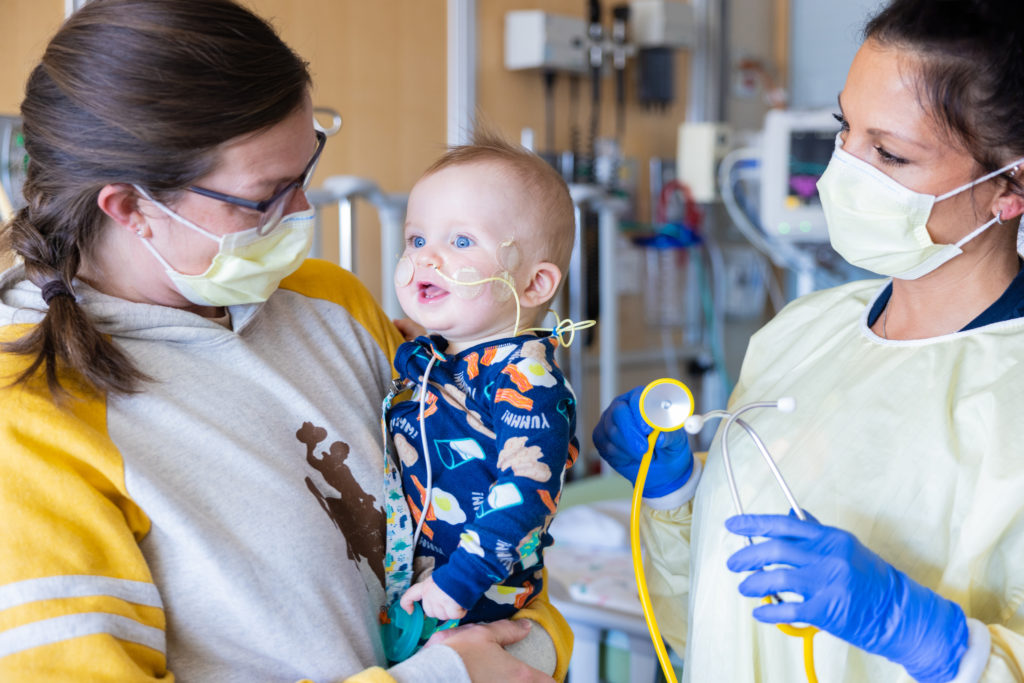
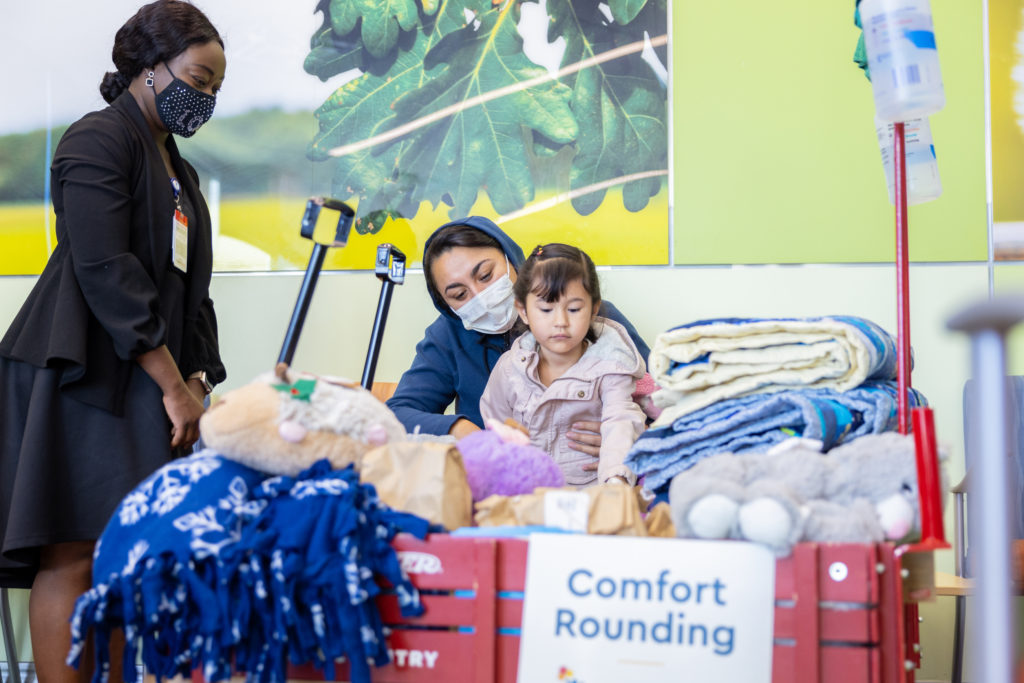
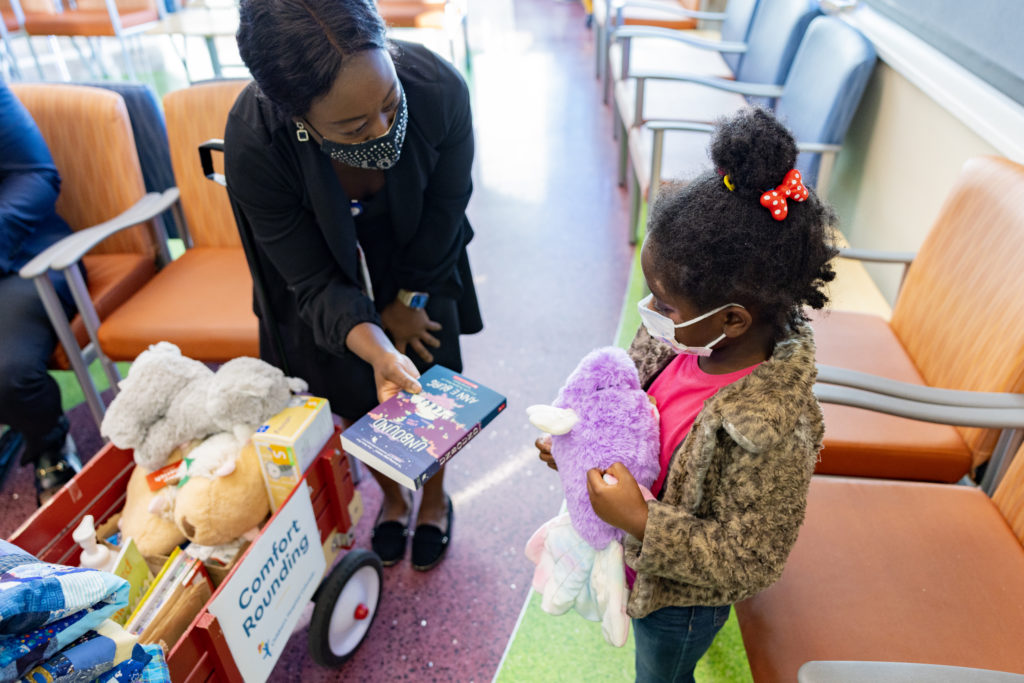
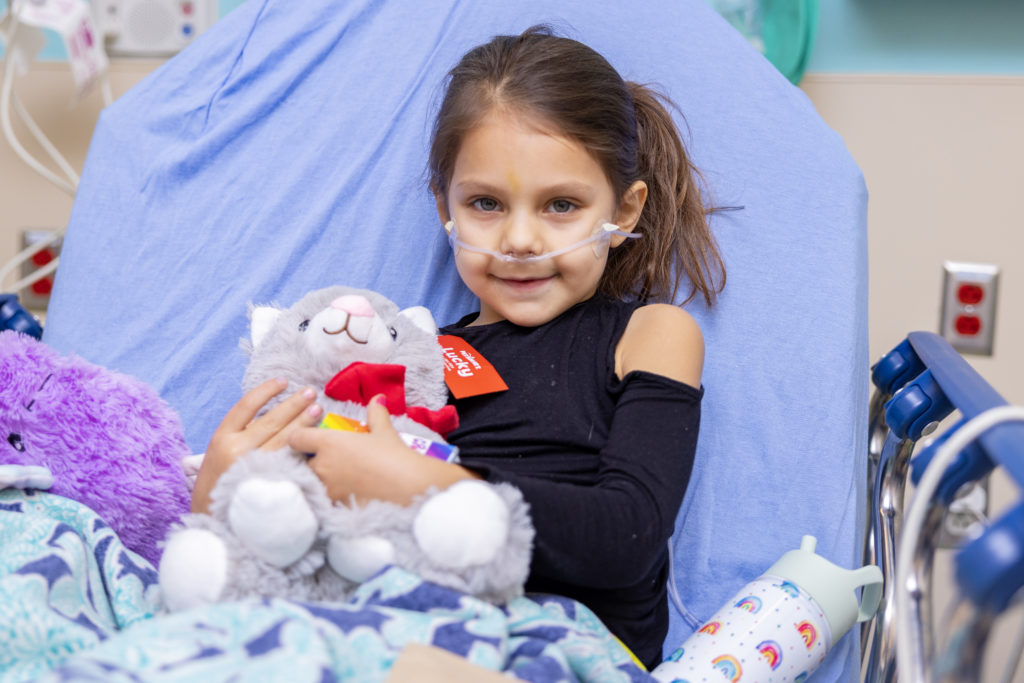
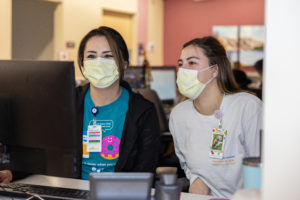
Ensuring the Extra Mile Is Extended to Staff
While this influx maximized clinical and non-clinical support, Children’s Hospital Colorado’s leaders knew that those caring for children needed to be offered extra care. Here are some ways that Chapman said Children’s Hospital Colorado helped support their caregivers with Human Understanding:
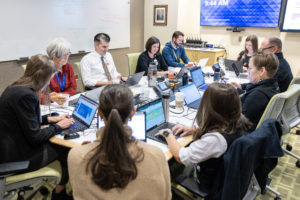 Inspire and Comfort Staff. “In our employee entrances, we played uplifting music with signs leading up to the entrances with inspiring messages,” Chapman says. “Each week during the height of our surge, we handed out comfort items to our team members at those entrances to let them know, ‘Hey, we want you to take care of yourself. We know that you’re working really hard to take care of our patients and families, and we want to take care of you, too.’”
Inspire and Comfort Staff. “In our employee entrances, we played uplifting music with signs leading up to the entrances with inspiring messages,” Chapman says. “Each week during the height of our surge, we handed out comfort items to our team members at those entrances to let them know, ‘Hey, we want you to take care of yourself. We know that you’re working really hard to take care of our patients and families, and we want to take care of you, too.’”
Honor Recognition. “We utilized virtual kudos boards by using digital monitors in our employee-facing areas of the hospital to spread encouraging messages that team members were sharing, as well as comments from patients and families about the care that they were receiving and the difference it was making,” Chapman recalls.
Is It Over?
According to the CDC, as of January 2023 the number of outpatient visits with respiratory illness has dropped below baseline levels in many areas of the country, including the upper Midwest, Great Plains area, and south-central United States. Now the question is: Are we going to have a typical spring, or a late-season influenza B surge?
As Children’s Hospital Colorado demonstrates, with some ingenuity and dedication, elevating Human Understanding is possible and makes a difference in patient care—especially when hospitals are experiencing unforeseen surges. Many of the lessons and tools from the most intense situation can be applied on a day-to-day basis to keep teams motivated and deliver the best care.

